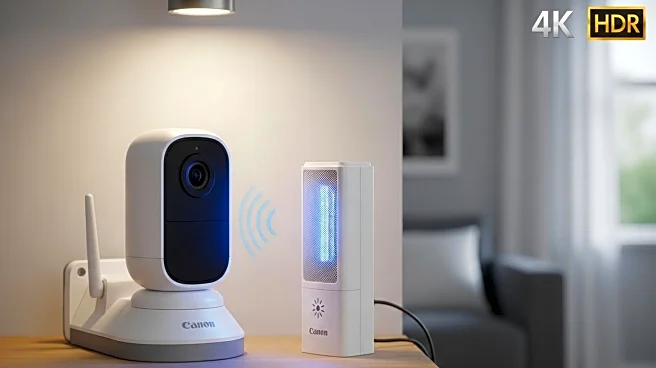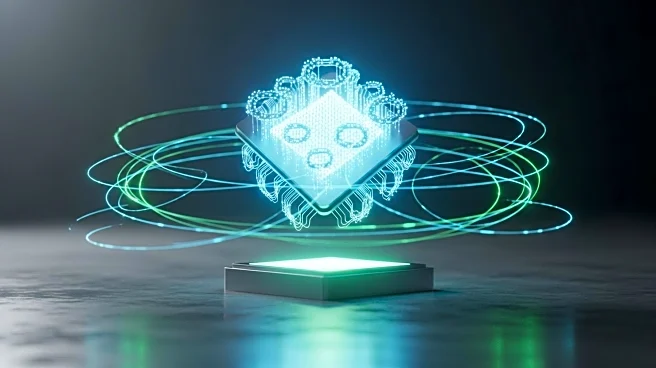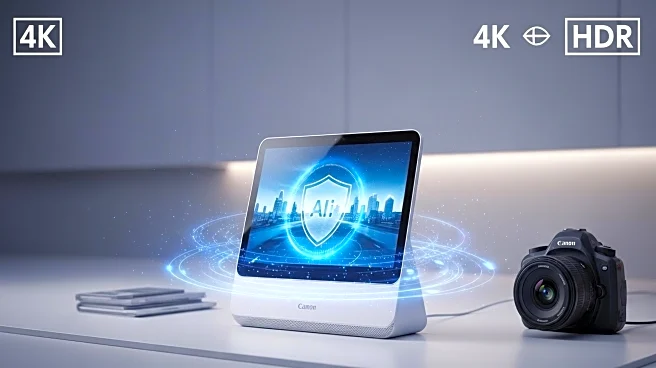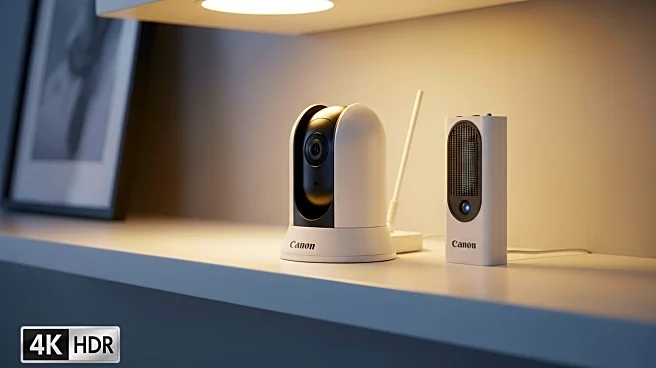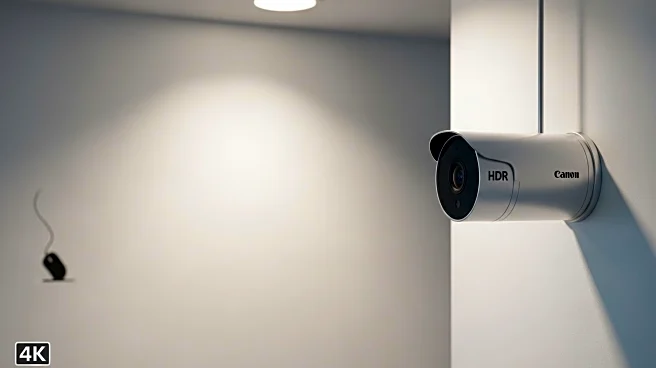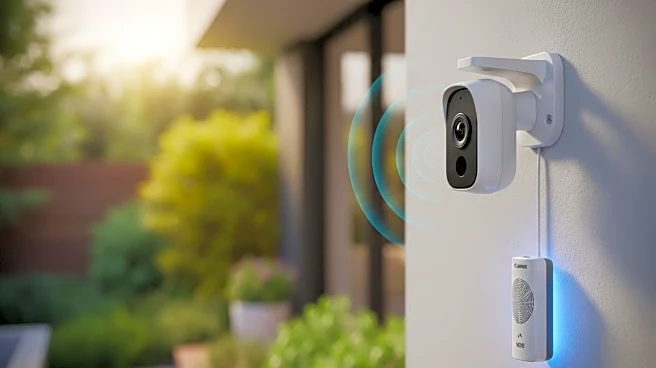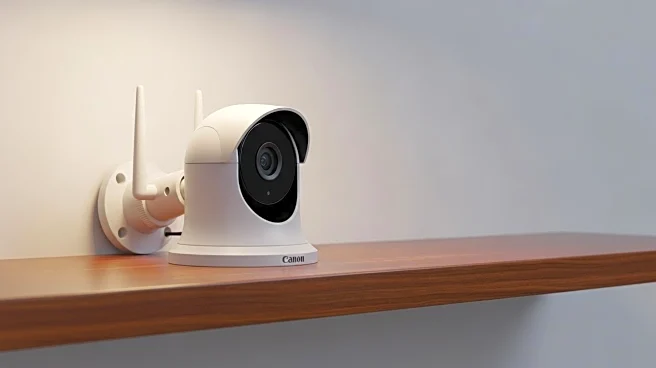What is the story about?
What's Happening?
Home security technology, traditionally used for monitoring temperatures, doors, and windows, is now being utilized to address pest problems such as rodents and roaches. Smart home sensors, particularly those using passive infrared technology, can detect small movements, including those of pests. These sensors are often placed near doorways, cabinets, and windowsills, where pests are likely to trigger them. While these sensors can alert homeowners to pest activity, they are not designed to directly contact emergency services for such issues.
Why It's Important?
The application of home security technology for pest control offers homeowners a proactive approach to managing pest issues. By detecting pest activity early, homeowners can take steps to address infestations before they become severe, potentially reducing the need for professional pest control services. This use of technology also highlights the versatility of smart home devices, expanding their functionality beyond traditional security measures.
What's Next?
As smart home technology continues to advance, we may see more specialized sensors and devices designed specifically for pest detection and management. Companies could develop integrated systems that combine pest detection with automated deterrent measures, providing a comprehensive solution for homeowners. Additionally, the use of AI and machine learning in pest control could lead to more accurate detection and identification of pest species.
Beyond the Headlines
The use of smart home technology for pest control raises considerations about the ethical treatment of pests and the environmental impact of pest management practices. As technology becomes more involved in pest control, it is important to ensure that methods are humane and environmentally sustainable. This could influence future product development and consumer choices in the smart home market.
AI Generated Content
Do you find this article useful?
